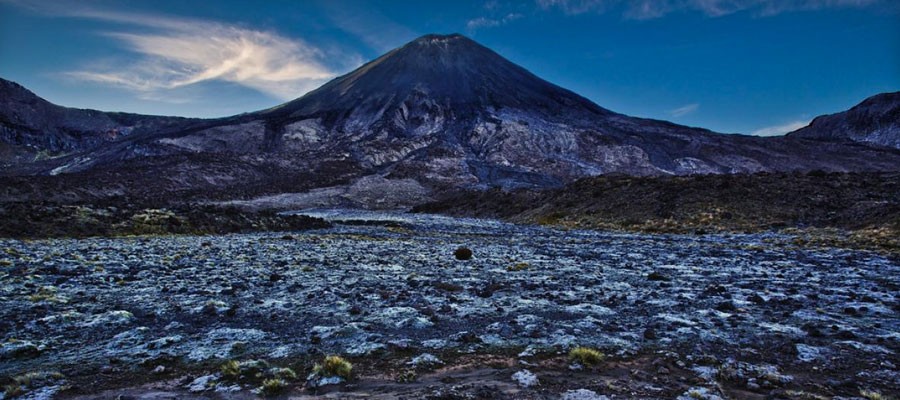
The stunning diversity of the Tongariro Crossing Photo taken by: Deb and Dave (Flying Kiwi Traveller)
New Zealand Travel information
New Zealand Travel Information
The following information is provided free to assist you in preparing for your trip. This pre-departure information is to help you prepare for your adventure in New Zealand. All the information is compiled in good faith and is up to date at the time of compilation. For more details information on frequently asked questions, what to bring, food, accommodation or activities please go to the relevant areas of the site. It must be realised however that things do change from time to time so please also feel free to contact our office before you come to New Zealand for any additional information.
Flights & Visas
Flights
The price of the flight to New Zealand is not included in the price of the tour. We recommend arriving at the starting location of your tour the day or night before the start date of the trip. You should also allow time at the end of the expedition for any unexpected delays. Any accommodation or food outside of the official start and finishing times of the expedition are your own responsibility.
Passports and Visas
Everyone arriving into New Zealand who is not a New Zealand citizen (including NZ residents with a foreign passport) requires a valid passport.
We recommend consulting the NZ immigration website for all information on visas, some visitors to New Zealand can use an NZeTA (New Zealand Electronic Travel Authority) to travel here without applying for a visa first.
Weather
Lying between 34°S and 47°S, New Zealand sits squarely in the ''roaring forties'' latitude, which means a prevailing and continual wind blows over the country from west to east; this can range from a gentle breeze in summer to a buffeting, roof-stripping gale in winter. The North Island and South Island, because of their different geological features, have two distinct patterns of rainfall: in the South Island, the Southern Alps act as a barrier for the moisture-laden winds from the Tasman Sea, creating a wet climate to the west of the mountains and a dry climate to the east; while the North Island's rainfall is more evenly distributed without a comparable geological feature such as the Alps. Temperatures are a few degrees cooler in the South Island, and both islands receive snow in winter. Winter falls in the months of June through August and summer from December through February. It is important to remember that New Zealand's climate is maritime, rather than continental, which means the weather can change with amazing rapidity and consequence. The busy tourist season falls in the warmer months between November and April, though ski resorts, such as Queenstown, are full during winter.
Communications
New Zealand has a very modern telephone system, and you'll find telephones all over the place. You will have access to phones and internet most days. Most campsites offer WiFi.
